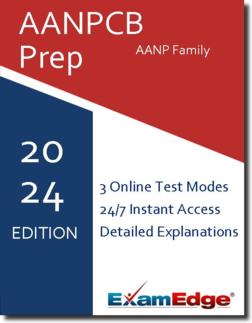|
Correct Answer: for the use of oral contraceptive pills
the mnemonic “my cuplets” is specifically designed to aid healthcare providers in remembering the absolute contraindications for the use of oral contraceptive pills. each letter in "my cuplets" represents a specific medical condition or factor that, if present in a patient, would make the administration of oral contraceptives potentially harmful or inappropriate. here’s an expanded explanation of each component of the mnemonic:
- **m - migraines with focal neurologic aura**: women who experience migraines with aura may have an increased risk of stroke, and the use of estrogen-containing contraceptives can further elevate this risk. thus, such contraceptives are contraindicated.
- **c - cad/cva (coronary artery disease/cerebrovascular accident)**: patients with a history of heart disease or stroke are at higher risk for further cardiovascular events. estrogen can exacerbate this risk, making the use of these contraceptives unsafe.
- **u - undiagnosed genital bleeding**: before prescribing oral contraceptives, it's crucial to diagnose the cause of abnormal genital bleeding. this bleeding could be a symptom of a serious underlying condition that could be worsened by hormonal contraception.
- **p - pregnant or suspect pregnancy**: oral contraceptives are intended to prevent pregnancy and have no therapeutic benefit during pregnancy. moreover, their use could potentially harm fetal development.
- **l - liver tumor/active liver disease**: liver disease can alter the metabolism and excretion of hormones contained in oral contraceptives, potentially leading to toxicity. additionally, hormonal fluctuations can exacerbate certain liver conditions.
- **e - estrogen-dependent tumor**: conditions like certain breast cancers or endometrial cancer can be sensitive to hormone levels. estrogen in oral contraceptives can stimulate tumor growth and spread.
- **t - thrombus/emboli (history of or current thrombosis or embolism)**: oral contraceptives can increase the risk of blood clots. in individuals with a history of thrombotic events, this risk is significantly heightened, posing severe health risks.
- **s - smoker age 35 or older**: smoking increases the risk of cardiovascular diseases, and this risk is compounded by the use of hormonal contraceptives, especially in women aged 35 and older.
in summary, the mnemonic "my cuplets" encapsulates key medical conditions and risk factors that contraindicate the use of oral contraceptive pills. it serves as a quick reference for healthcare providers to ensure the safe prescription of these medications, avoiding them in patients where the risk outweighs the benefits.
|






